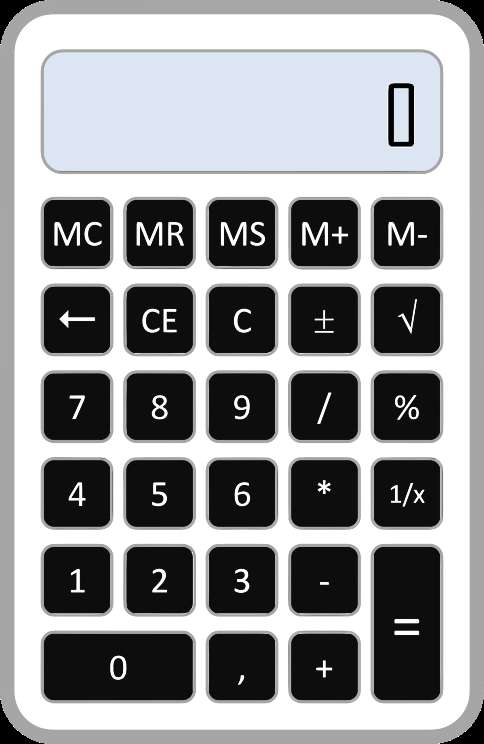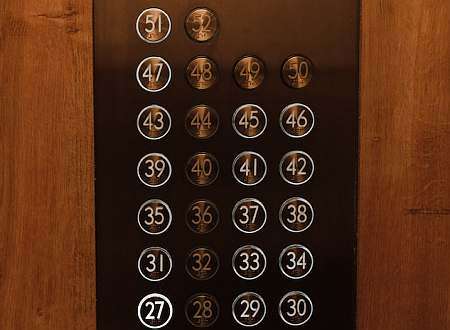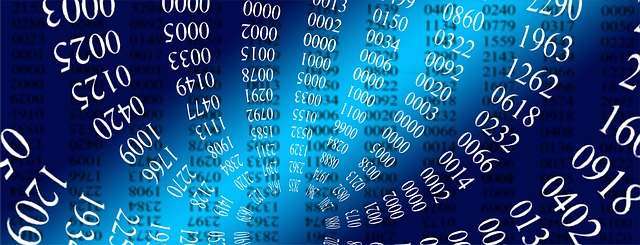Hex Calculator
Instructions: Use this hex Calculator to compute an operation you define for two hex numbers you provide. Please provide the required information in the boxes below.
Working with Hexadecimal Numbers
This hex calculator will allow you to conduct operations (sum, subtraction, multiplication and division) between hexadecimal numbers that you provide. You can type in any hex numbers, as long as they are valid.
Once you have provided the the hex numbers and the operations you want to conduct, please click on the the "Calculate" button so to get the work going.
What is Hexadecimal?
Hexadecimal, often referred as "hex," is a base-16 number system that uses sixteen symbols. These symbols are the 0-9 to represent values zero to nine, and the letters A-F (or sometimes the lowercase versions a-f) to represent values ten to fifteen.
Hexadecimal representation is widely used in computing and digital systems because it can represent binary-coded values in a more human-readable format, and specifically because it allows for a natural representation a byte using two hex strings.
Hex to Decimal Conversion
Converting hexadecimal to decimal starts with the understanding of the positional value of each digit in the hex number. Here's how you can do it:
- Identify each digit in the hex number.
- Multiply each digit by 16 raised to the power of its position, starting from the foremost right to left (the rightmost digit is at position 0).
- Sum these values to get the decimal equivalent.

Sample conversion of Hex to Decimal
Let's take an example to illustrate this idea. Let's us convert hex number \(1A3\) to decimal:
\[ 1A3_{16} = 1 \times 16^2 + 10 \times 16^1 + 3 \times 16^0\] \[= 1 \times 256 + 10 \times 16 + 3 \times 1\] \[= 256 + 160 + 3\] \[= 419_{10}\]Hex to Binary Conversion
A very natural association exists when converting hexadecimal digits to a 4-bit binary sequences. Here's how you would need to proceed with the conversion:
- Convert each hex digit to its 4-bit binary equivalent.
- Concatenate these binary sequences to form the full binary number.
For example, the hex number \(1A3\) in binary would be:
\[1 = 0001\] \[A = 1010\] \[3 = 0011\]So then, we get that \(1A3_{16} = 000110100011_2\)
Hexadecimal Addition Calculator
Adding hexadecimal numbers follows similar rules to decimal addition but with base 16:
- Align the numbers by their least significant digit.
- Add each column from right to left, carrying over when the sum exceeds 15 (F in hex).
Perhaps the easiest way to proceed is to convert the hex numbers to numbers in base 10, and conduct the operation with those instead, so to then do the conversion back to hex with the result.
Example: Consider the following sample calculation
\[1A3_{16} + 2B4_{16}\] \[= 1A3 + 2B4\] \[= 457_{16}\]Hexadecimal Subtraction
Subtracting in hexadecimal involves borrowing from higher digits when necessary:
\[2B4_{16} - 1A3_{16}\] \[= 111_{16}\]Hexadecimal Multiplication
Same as with the previous cases, multiplication in hex is similar to decimal multiplication but with base 16:
\[1A_{16} \times 3_{16}\] \[= 52_{16}\]Hexadecimal Division
Division in hexadecimal can be complex, often requiring conversion to decimal (base 10) for ease:
\[1A3_{16} \div 3_{16}\] \[= 57_{16}\]
Hexadecimal Arithmetic Operations
Hexadecimal arithmetic includes addition, subtraction, multiplication, and division. Here are some key points:
- Hex addition and subtraction follow the same rules as in decimal but with base 16.
- Multiplication and division can be more complex due to the need for carrying and borrowing in base 16.
Why Use Hexadecimal?
Hexadecimal is preferred in computing for several reasons:
- It's more compact than binary, making it easier to read and write, but yet it couples very naturally with binary representation.
- It directly maps to binary, simplifying conversion and understanding of binary data.
- It's used as a standard in memory addressing, color coding, and cryptographic operations.
Hexadecimal vs. Decimal: What's the Difference?
Here are the key differences:
- Base: Hexadecimal uses base 16, while decimal uses base 10.
- Digits: Hex has 16 symbols (0-9, A-F), whereas decimal has 10 (0-9).
- Representation: Hex can represent larger numbers with fewer digits.
Hexadecimal Calculator Online
Online hex calculators provide tools for:
- Converting between hex, decimal, and binary.
- Performing arithmetic operations in hex.
- Generating color codes or cryptographic hashes.
Common Hexadecimal Conversions
Here are some sample common conversions:
- Hex to Decimal: \(1A3_{16} = 419_{10}\)
- Hex to Binary: \(1A3_{16} = 000110100011_2\)
- Decimal to Hex: \(419_{10} = 1A3_{16}\)
How Does Hexadecimal Work?
Hexadecimal works by grouping binary digits into sets of four, which can then be represented by a single hex digit. This makes it easier to work with binary data:
- Each hex digit represents a 4-bit binary number.
- Hex numbers are often prefixed with "0x" to denote they are in hexadecimal.
Hexadecimal in Computing
Hexadecimal is integral in computing for:
- Memory addressing.
- Color representation in web design.
- Debugging and error codes.

Hexadecimal Addition Example
Let's add two hex numbers:
\[1A3_{16} + 2B4_{16} = 457_{16}\]Hexadecimal Subtraction Example
Subtracting hex numbers:
\[2B4_{16} - 1A3_{16} = 111_{16}\]Hexadecimal Multiplication Example
Multiplying hex numbers:
\[1A_{16} \times 3_{16} = 52_{16}\]Hexadecimal Division Example
Dividing hex numbers:
\[1A3_{16} \div 3_{16} = 57_{16}\]Explore More Calculators
If you're working with numbers in different formats, our Scientific Notation Calculator can help you convert and manipulate numbers easily. This is particularly useful when dealing with very large or very small numbers, which you might encounter when converting from hex to decimal or vice versa.
When performing arithmetic operations, you might find our Multiplication Calculator handy for quick checks or for understanding the multiplication of numbers in different bases. Additionally, if your work involves decimals, our Decimal Calculator can assist in performing operations with precision, ensuring your calculations are accurate when moving between hex and decimal systems.





